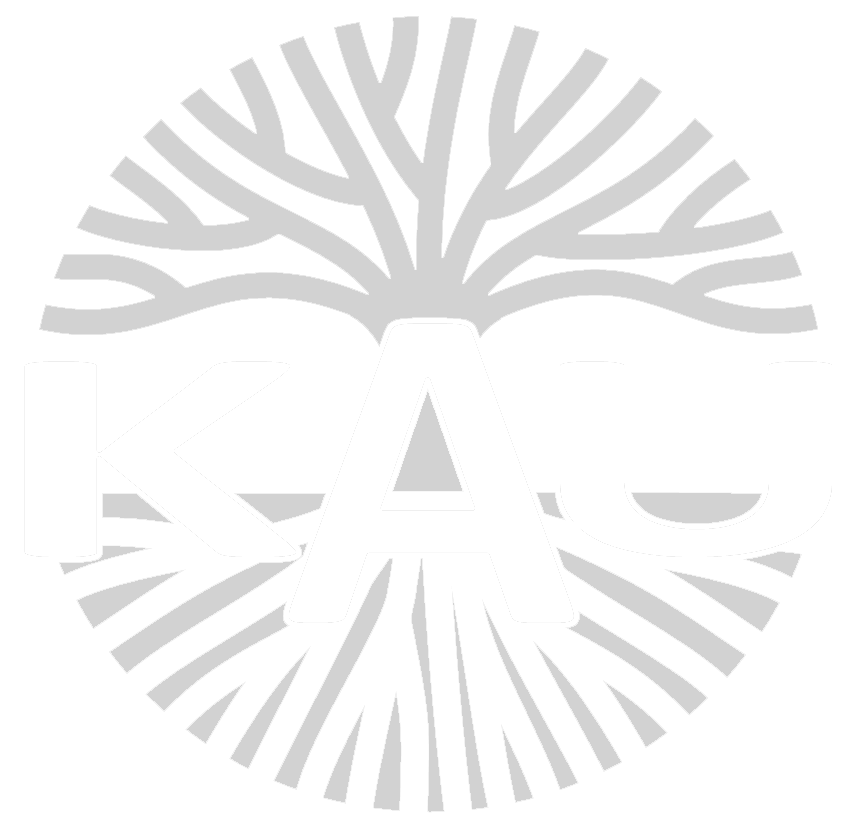Теорія квантової інформації
Викладач: Андрій СеменовСторінка курсу на Eduportal
У цьому курсі, що є прямим логічним продовженням курсу “Теоретична квантова оптика”, ви дізнаєтесь про основні типи некласичних кореляцій у квантових системах, а також про їхнє застосування до протоколів квантової комунікації. Зокрема, ми будемо вивчати квантову заплутаність, нелокальність Белла та споріднені з ними некласичні кореляції. Ви отримаєте базові знання про дві основні архітектури квантових обчислювальних приладів та квантових комунікаційних протоколів: основані на дискретних та неперервних змінних. Окрім фундаментальних знань, ви отримаєте практичні навички аналізу схем квантових обчислень та аналізу безпеки протоколів квантової криптографії.
Програма курсу
Формалізм Вейля-Вігнера-Гроневольда-Мояла.
s-параметризовані представлення на фазовому просторі.
Комбінована квантово-класична теорія.
Дворівневі системи.
Теорема про неможливість клонування.
Розрізнення квантових станів.
Аргументація Ейнштейна-Подольського-Розена.
Сепарабельні та несепарабельні стани.
Критерій Переса-Городецьких.
Покажчик заплутаності.
Заплутаність систем з неперервними змінними.
Стани двомодового стисненого вакууму.
Гаусівські розподіли.
Представлення на фазовому просторі.
Співвідношення невизначеностей.
Гаусівські операції.
Нерівності Белла в формі Клаузера-Хорна-Шимоні-Хольта.
Порушення нерівностей Белла.
Локальні реалістичні теорії.
Несигнальні границі.
Ієрархія квантових крореляцій.
Експериментальна реалізація.
Вразливості.
Квантова телепортація на неперервних змінних.
Близькість квантових станів.
Телепортація кубіту.
Обмін заплутаністю.
Класична інформація.
Квантова інформація.
Границя Холево.
Криптографія.
Основні протоколи розповсюдження квантового ключа.
Аналіз основних протоколів розповсюдження квантового ключа.
Практичні аспекти розповсюдження квантового ключа.
Система оцінювання
Підсумкова оцінка складається з оцінок за самостійну роботу протягом семестру (до 40 балів) та залік (до 60 балів).
Рекомендована література
- L. Mandel, E. Wolf, Optical coherence and quantum optics, (Cambridge University Press, 1995).
- D. F. Walls and G.J. Milburn, Quantum Optics, (Springer-Verlag, Berlin, 2008).
- W. Vogel and D.-G. Welsch, Quantum Optics, (Wiley–VCH, Berlin, 2006).
- W.P. Schleich, Quantum optics in phase space, (Wiley–WCH, Berlin, 2001).
- M. A. Nielsen and I. L. Chuang, Quantum Computation and Quantum Information, (Cambridge University Press, Cambridge, 2010).
- A. Perelomov, Generalized coherent states and their applications, (Springer, Berlin, 1986).
- A. A. Semenov, V. K. Usenko, E. V. Shchukin, and B. I. Lev, Nonclassi- cality of quantum states and its application in quantum cryptography, Ukr. J. Phys. Reviews 3, 151 (2006).
- G. Adesso, S. Ragy, and A. R. Lee, Continuous Variable Quantum Information: Gaussian States and Beyond, Open Syst. Inf. Dyn. 21, 1440001 (2014); see also arXiv:1401.4679 [quant-ph].
- R. Horodecki, P. Horodecki, M. Horodecki, and K. Horodecki, Quantum entanglement, Rev. Mod. Phys. 81, 865 (2009); see also arXiv:quant- ph/0702225.
- N. Brunner, D. Cavalcanti, S. Pironio, V. Scarani, and S. Wehner, Bell Nonlocality, Rev. Mod. Phys. 86, 419 (2014); see also arXiv:1303.2849 [quant-ph].
- N. Gisin, G. Ribordy, W. Tittel, and H. Zbinden, Quantum Cryp- tography, Rev. Mod. Phys. 74, 145 (2002); see also arXiv:quant- ph/0101098.
- F. Xu, X. Ma, Q. Zhang, H.-K. Lo, and J.-W. Pan, Secure quantum key distribution with realistic devices, Rev. Mod. Phys. 92, 025002 (2020); see also arXiv:1903.09051 [quant-ph].
- S. Pirandola, et al., Advances in Quantum Cryptography, Adv. Opt. Photon. 12, 1012 (2020); see also arXiv:1906.01645 [quant-ph].

